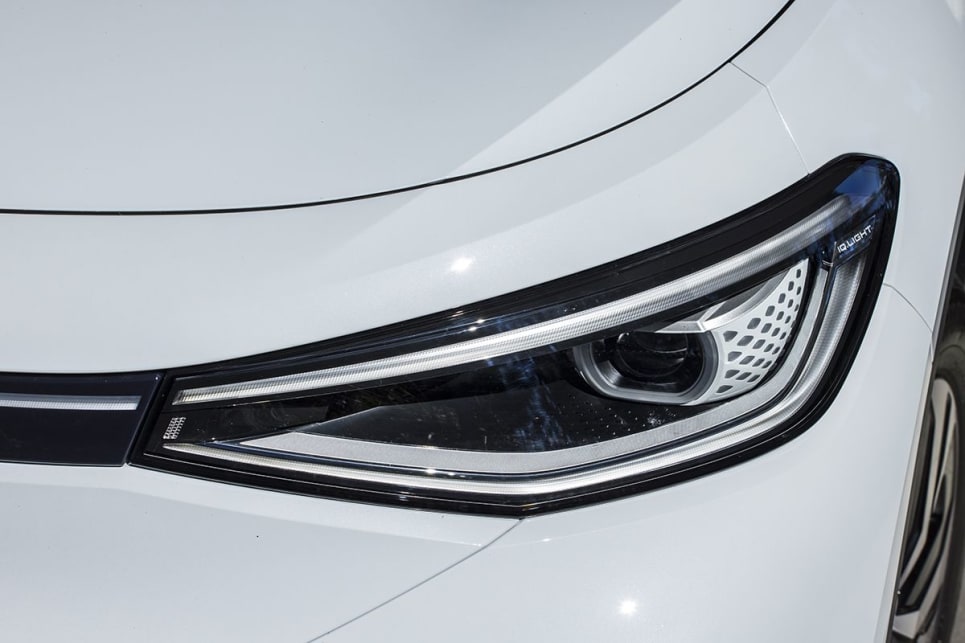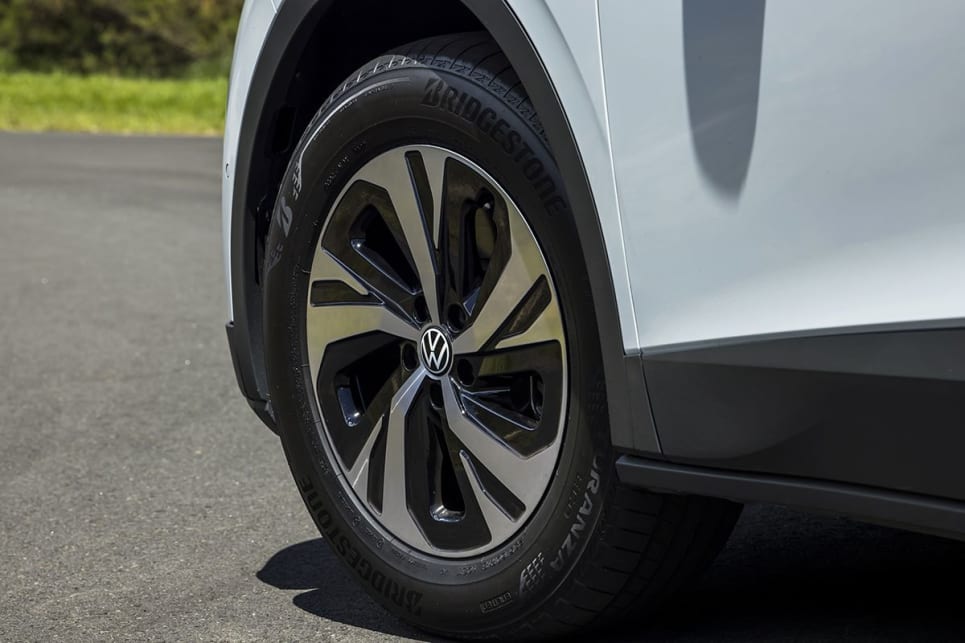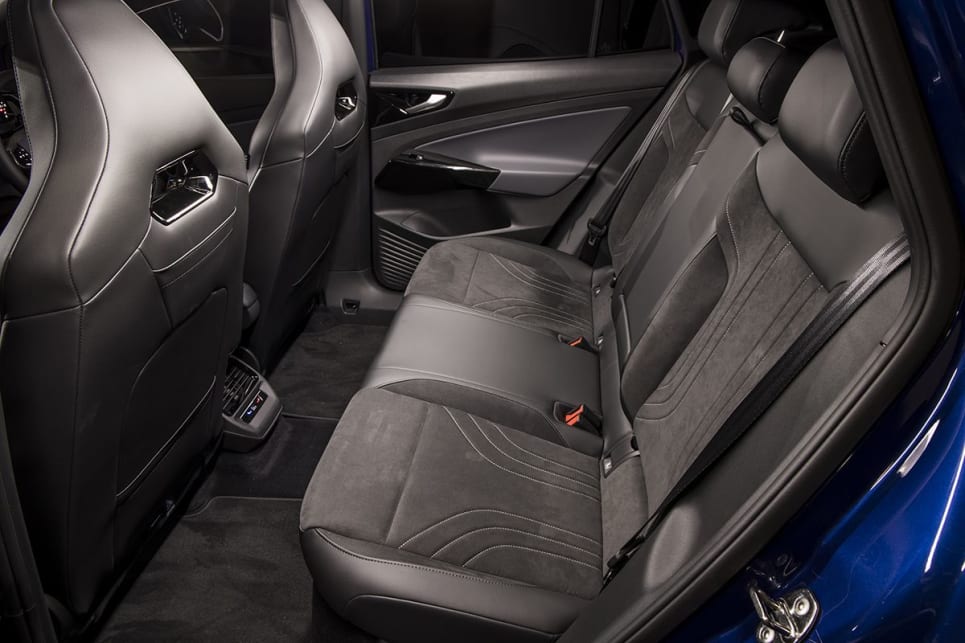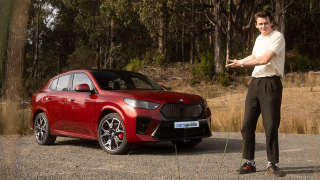To be clear here, we don’t have hard numbers yet on what the ID.4 will cost. It’s still a full year out from a predicted late 2023 launch window but Volkswagen has some aggressive targets which it hopes will make the switch to electric easy for its existing customers.
The brand's representatives tell us this means the ID.4 will start from roughly an equivalent price to a Tiguan R-Line, in the mid-$60,000 bracket.
This will put it in contention with cars like the popular Tesla Model 3 and Polestar 2 (from $65,500 and $63,900 respectively), while undercutting its more direct rival - the Tesla Model Y (which starts from $72,300).

This already sits the ID.4 in a good place, as the mid-size SUV space is one poorly addressed by the current crop of electric vehicles in Australia, particularly in the mid-$60,000 price bracket.
We also don’t know yet what sort of grades will become available in Australia next year, but Volkswagen informs us the Pro Performance grade (one of two cars we were able to sample) is most indicative of the first examples which will arrive in Australia.
The Pro performance grade is roughly equivalent to R-Line versions of combustion cars when it comes to equipment, and the car we sampled included 19-inch alloy wheels, keyless entry with push-start ignition, a 12-inch ‘Discover Pro’ multimedia touchscreen (running the latest Volkswagen software complete with always-online connectivity and built-in navigation), as well as Apple CarPlay and Android Auto connectivity.
There's also a 5.3-inch instrument cluster (conveniently attached to the steering rack), ambient interior lighting, 12-way electrically adjustable front seats with heating, microfleece and synthetic leather seat trim, the more advanced ‘progressive steering’ tune, LED headlights, a panoramic sunroof, tri-zone climate, and the full active safety suite, which we’ll touch on later.
Another grade, the ‘Pure Performance’ was also available for testing, which Volkswagen said it had brought in to gauge interest from fleet operators more than private customers.
This version of the ID.4 was more European in its specification level, sporting smaller 18-inch alloys, manual-adjust seats, a smaller 10-inch multimedia screen, a manual tailgate, a cropped-down active safety offering, and a less powerful electric motor.
Interestingly, Volkswagen throws in both a standard wall-socket charging cable, as well as a public Type 2 charging cable which is often an optional extra.



























